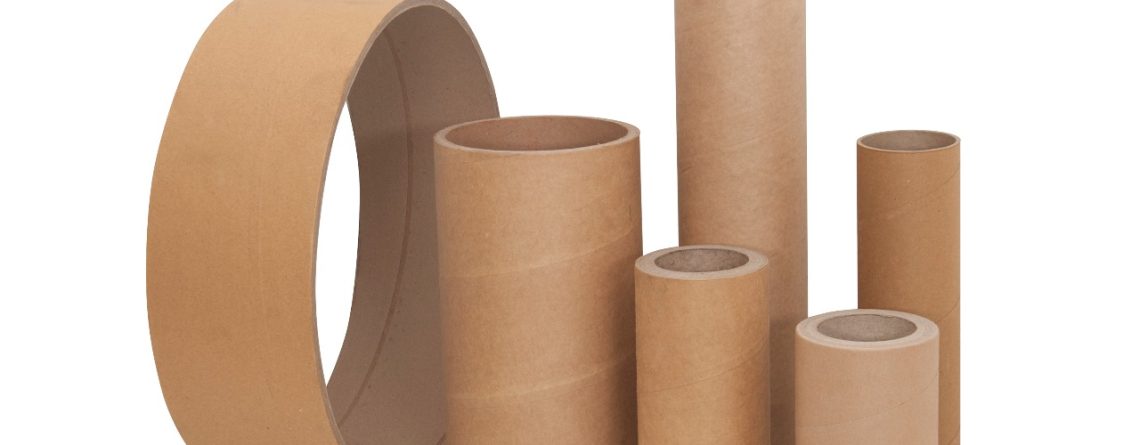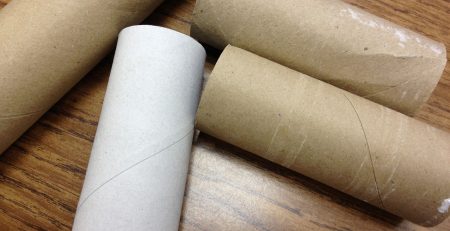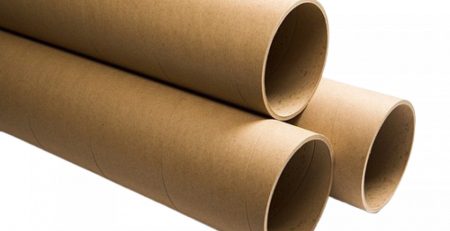A bobbin is a tool, typically cylindrical or spool-shaped, used for measurement, winding, or storage purposes in various industrial sectors. This tool is employed for the orderly winding of different materials in specific lengths. So, how does the production process of a bobbin work?
- Material Selection and Preparation
The choice of material for bobbin production is crucial. Materials such as metal, plastic, paper, fabric, or similar substances are commonly preferred. These materials are prepared for the production process by cutting, shaping, or processing as needed.
- Production Machines and Technologies
Machines used in bobbin production ensure the material is wound in specific lengths and in an organized manner. These machines come in various capacities and are equipped with features like automation and precise measurement capabilities to enhance efficiency.
- Winding and Measurement Stages
In the production process, winding is carried out in specified dimensions and thicknesses. Precise measurement devices are employed to control this process, ensuring accuracy. The regularity of winding and adherence to defined standards are crucial aspects.
- Quality Control and Testing Stages
Produced bobbins undergo quality control processes. Factors such as precision, durability, and measurement accuracy are scrutinized. Necessary tests are conducted to ensure the conformity of the products to defined standards.
- Packaging and Distribution Process
Produced bobbins are either packaged and stored or directly shipped to customers. The packaging process ensures that products are transported and stored under suitable conditions.
Conclusion
The bobbin production process comprises a series of steps, starting from material selection to the utilization of production machines and technologies. Stages such as precise measurements, winding processes, quality control, and packaging ensure that the produced bobbins conform to industrial standards and exhibit high quality.






